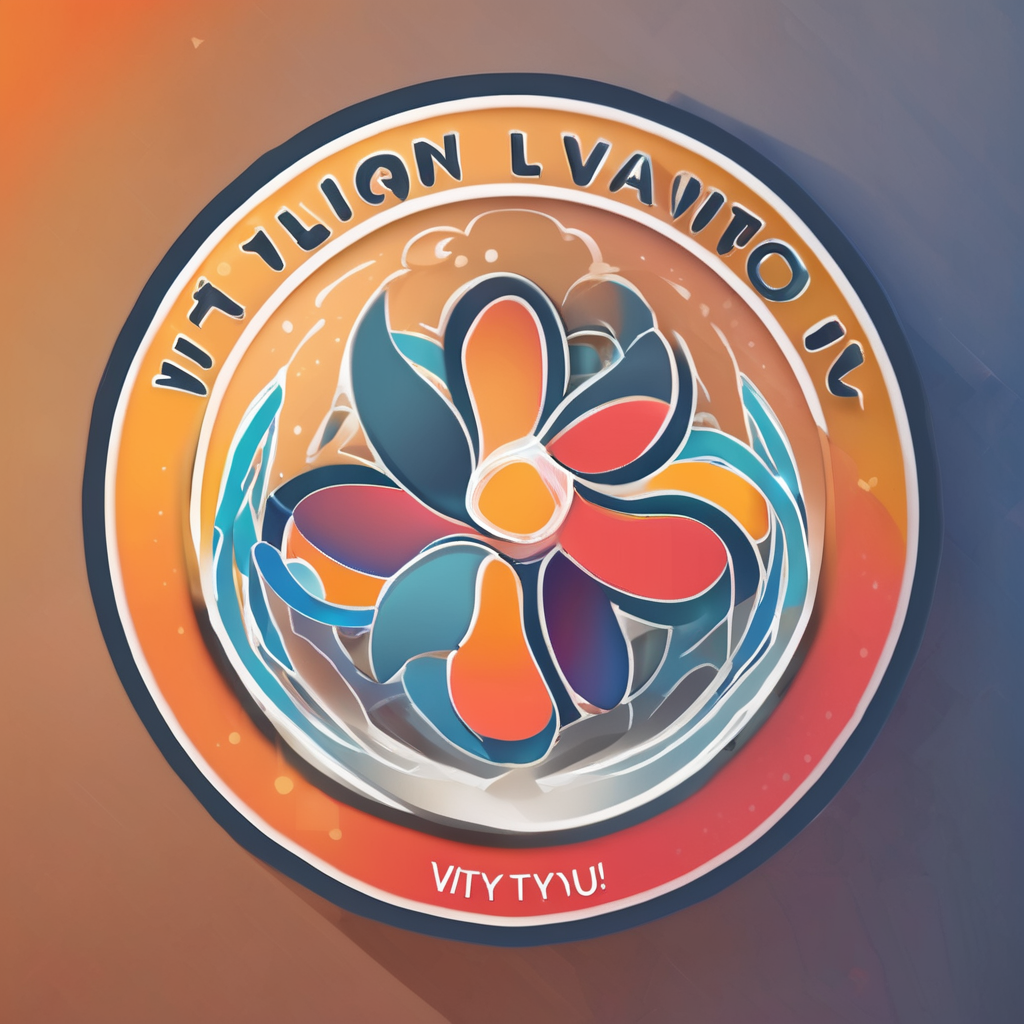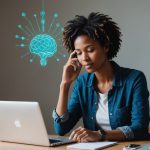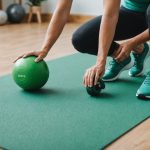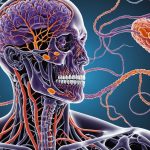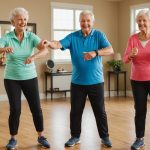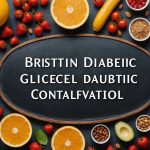Overview of Left Hemiplegia and Its Impact on Recovery
Left hemiplegia, a condition often resulting from a stroke, involves paralysis on the left side of the body due to neurological damage. This paralysis presents significant recovery challenges as it affects motor skills and daily activities. Left hemiplegia occurs when the stroke impacts the right hemisphere of the brain, which controls movements on the left side of the body.
Stroke survivors with left hemiplegia face multiple rehabilitation challenges. These include relearning basic skills like walking or grasping objects. Additionally, they may experience difficulty in maintaining balance and coordination. As each patient’s condition is unique, these challenges can widely vary, thus requiring a highly individualized approach to rehabilitation.
Have you seen this : Exploring the Long-Term Mental Health Effects of Remote Work on Employee Well-Being
The importance of tailored rehabilitation cannot be overstated. Customised therapy programmes should address an individual’s specific needs, enhancing recovery prospects. Techniques might include occupational therapy, physical therapy, and speech therapy, focusing on improving affected functionalities. Emerging treatments, such as robotic-assisted rehabilitation and virtual reality exercises, also provide innovative solutions to these challenges.
To maximise recovery, it is crucial for healthcare providers to continuously evaluate and adjust rehabilitation strategies based on the patient’s progress and specific requirements stemming from their particular stroke impact.
Also to read : Empowering Social Skills: Effective Strategies for Children with Down Syndrome
Innovative Therapeutic Exercises
Therapeutic exercises play a crucial role in enhancing motor function, particularly in rehabilitation settings. These exercises are meticulously designed to target specific motor skills, thereby making them highly effective. A prime example is task-specific training, where patients engage in repetitive, purposeful tasks that mimic real-world scenarios. This kind of training not only improves motor function but also creates a mental blueprint for movement, aiding in recovery.
Neuromuscular re-education is another pivotal rehabilitation technique. It involves exercises that aim to restore normal movement patterns by retraining the neuromuscular system. Particularly beneficial in stroke recovery, this technique helps patients regain control over their muscles, enhancing not only their physical capabilities but also boosting their confidence.
Occupational therapy seamlessly integrates with these exercises, focusing on enabling patients to engage in meaningful daily activities. By doing so, it ensures that the therapeutic exercises are not just confined to clinical settings but extend their benefits into everyday life. This integration makes the rehabilitation process holistic, addressing both the physical and psychological needs of the patient, thereby positively impacting their overall quality of life.
Assistive Technologies and Tools
In the realm of rehabilitation, assistive technologies are proving to be game-changers. These technologies, ranging from advanced rehabilitation tools to sophisticated devices, play a crucial role in enhancing therapy outcomes. For instance, robotic exoskeletons are emerging as vital aids in physical therapy, offering targeted and precise assistance to individuals with mobility challenges.
Moreover, the integration of virtual reality and gaming into rehabilitation programs is becoming increasingly popular. These innovative solutions provide immersive environments that can motivate patients, making therapy sessions more engaging and enjoyable. Virtual reality, in particular, offers a unique way to replicate real-world scenarios, aiding in the faster recovery of cognitive and motor functions.
With the rise of technology in therapy, home-based therapy options are becoming more accessible. Innovations such as teletherapy and smart rehabilitation devices allow patients to continue their therapeutic exercises outside of clinical settings. This not only promotes consistency in treatment but also empowers individuals to take an active role in their recovery journey from the comfort of their homes.
By leveraging these tools, healthcare professionals can offer personalized and effective treatment plans, ultimately improving patient outcomes and satisfaction.
Holistic Approaches to Recovery
Embracing holistic interventions in the path to recovery can provide comprehensive support for individuals. These wellness strategies often begin with incorporating mindfulness and stress reduction techniques. Mindfulness, such as meditation and breathing exercises, can help individuals manage anxiety and improve concentration. By focusing on the present moment, these practices reduce stress and contribute to mental health in therapy.
Nutrition also plays a pivotal role in recovery. A balanced diet, rich in proteins, healthy fats, and vitamins, can enhance cognitive function and stabilize mood, supporting overall well-being. Proper nutrition fuels the body, providing the necessary energy for both physical and mental healing processes.
Moreover, the importance of social support and community engagement cannot be overstated. Connecting with supportive friends, family, or peer groups can significantly influence recovery outcomes. Social interactions can alleviate the feeling of isolation, fostering a sense of belonging and security.
In therapy, these holistic approaches collectively create a more robust foundation for recovery, emphasising the interconnectedness of mind, body, and community resources. Integrating these elements can lead to more sustainable and fulfilling recovery journeys.
Case Studies of Successful Recovery
Examining recovery case studies offers valuable insights into the effectiveness of various rehabilitation strategies. Numerous success stories underline how innovative therapies have transformed lives, demonstrating clear evidence of their effectiveness.
One compelling case study highlights the story of Emily, who overcame severe spinal injury through a multidisciplinary approach combining robotic therapy and traditional physical rehabilitation. Her remarkable success story plays a pivotal role in showcasing how early intervention and tailored therapies contribute to recovery.
Similarly, another case focuses on John, whose stroke rehabilitation incorporated cognitive behaviour therapy, improving his motor skills significantly. Such evidence of effectiveness shines a light on how personalized treatment plans can lead to successful outcomes.
Additionally, a comparative analysis of these recovery journeys reveals certain key factors contributing to successful rehabilitation. Commitment to the prescribed therapy, consistency in follow-up sessions, and emotional support were crucial in these narratives.
This compelling evidence of effectiveness underscores the potential of combining traditional and innovative techniques to drive recovery. Each success story emphasizes the significance of a holistic approach, enabling individuals to reclaim their independence and improving their quality of life.
Expert Opinions and Best Practices
When it comes to stroke recovery, expert insights are crucial in shaping effective rehabilitation strategies. Interviews with specialists highlight the nuanced understanding of personalized recovery pathways. Rehabilitation is not one-size-fits-all, and experts agree that customization is key. Consider the best practices and clinical guidelines vigorously championed by professionals. These provide a framework within which individual needs are addressed with the utmost precision.
Respecting rehabilitation guidelines, therapists suggest incorporating a mix of traditional and innovative approaches. Hands-on therapy combined with technological interventions serves as a comprehensive method for fostering recovery. Encouragingly, these techniques are adaptable to align with patients’ progress and setbacks effectively.
However, challenges in stroke rehabilitation persist. Specialists underscore the need for continuous research into evolving practices, as well as tackling barriers such as limited patient access to advanced therapies. Innovative solutions are required to overcome these obstacles, and ongoing dialogue in the field is crucial to keep up with future directions.
Understanding and applying this wealth of expert knowledge immensely benefits stroke survivors. By adhering to proven guidelines, both patients and practitioners can navigate the journey of recovery with greater confidence and clarity.
Practical Tips for Implementation
Navigating home-based rehabilitation can be challenging, but with practical tips and strategies, caregivers and healthcare providers can significantly enhance recovery for stroke survivors. For caregivers, incorporating structured routines can make a significant difference. Establish daily schedules that integrate therapy exercises into the stroke survivor’s day, allowing for consistent practice without overwhelming the individual.
Caregiver strategies also include fostering a supportive and motivational environment. Encourage stroke survivors by celebrating small milestones, which can boost morale and progress. Additionally, caregivers should be trained in recognizing fatigue and adjusting activities accordingly to prevent burnout and ensure sustained engagement.
Healthcare providers play a crucial role by devising innovative techniques tailored to individual needs. This includes using technology, such as mobile apps, to deliver personalized exercises and track progress. Providers should also create a personalized recovery plan that addresses specific impairments and goals to optimize outcomes.
In collaboration, caregivers and healthcare providers can significantly improve recovery through these personalized and strategic approaches. By focusing on individual needs and integrating modern tools, rehabilitation becomes more effective and aligned with each stroke survivor’s unique journey.
